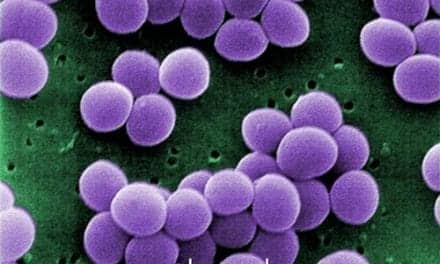German researchers studying mice exposed to tobacco smoke for months have gained new insight into how emphysema and chronic obstructive pulmonary disease (COPD) develop, but more importantly, they discovered a new way to reverse the lung damage underlying these conditions. Their findings appear in the journal Cell.
While airway inflammation and decreased respiratory function are associated with COPD, the disease is often also accompanied by pulmonary hypertension. Whether this condition is a cause or consequence of COPD is not known.
The researchers in this study, however, were able to find evidence using mouse models of COPD that changes in the pulmonary blood vessels and the development of high blood pressure precede the development of emphysema. They further traced those effects to an inducible form of an enzyme known as nitric oxide synthase (iNOS), which catalyzes the formation of nitric oxide.
Nitric oxide and the nitric oxide system are important for opening up blood vessels and maintaining vascular tone. When nitric oxide levels grow too high, however, the molecule can undergo a chemical reaction forming aggressive peroxynitrite. This peroxynitrite can modify protein functions, leading to destruction of lung tissue, according to the authors of this study.
The researchers’ findings show that this is exactly what happens in the development of emphysema. Mice lacking the iNOS enzyme were protected from both emphysema and pulmonary hypertension. Importantly, existing pharmacological agents can block iNOS activity, and mice treated with one of these drugs were protected from COPD-like changes to their lung vasculature. Treatment with the inhibitor, which has already been used in clinical trials with no noted major side effects, also successfully reversed the course of the disease in mice.
The researchers note that for reversal of emphysema, active restructuring of the lung would have to take place. More research, they point out, is needed to explore the pathways involved.
Source: Cell Press








